It may seem strange to write on a topic other than the dreaded pandemic in these troubled times but it is actually related to COVID in more ways than one.
In many cities around the world, the forced distancing caused by the epidemic has seen a boost for cycling and ‘pop up’ cycle tracks leading to an increase in this mode – as much as 10% to 15% in some cases. Other innovative moves towards sustainable transport include creation of 30 Km/hr zones to ‘keep road traffic speeds down and boost so called soft mobility’.
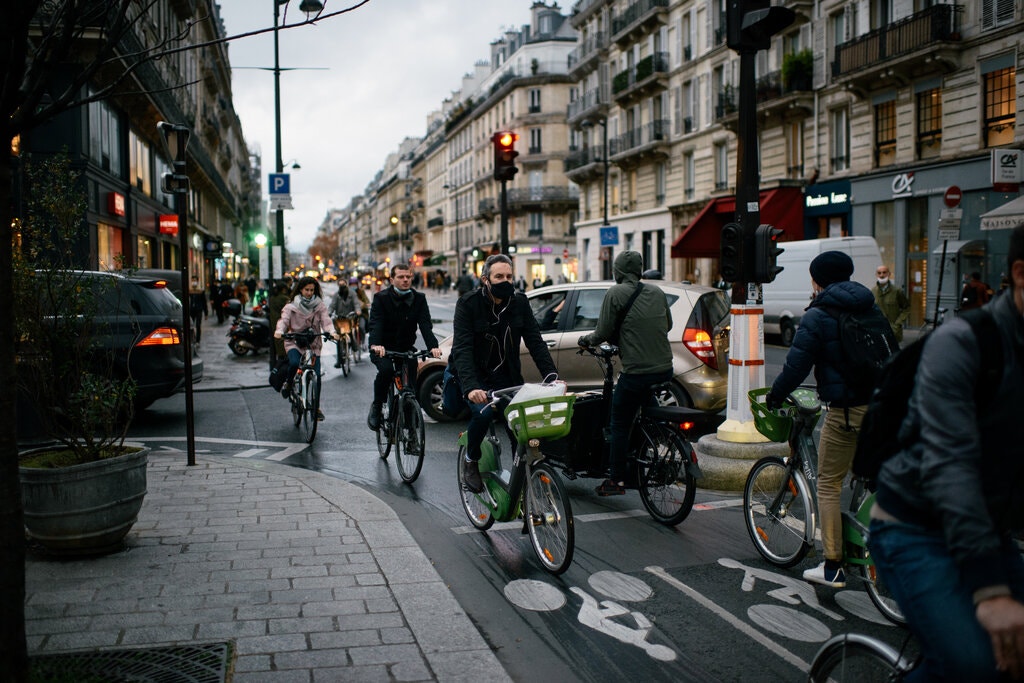
The Rue de Rivoli in central Paris
Turin, known as the Detroit of Italy and one of the most polluted European cities has been thinking about its mobility policies for over fifteen years and now plans to reserve its historic core area for pedestrians by banning or severely restricting the entry of private cars. The Mayor of Turin, Chiara Appendino says these plans were accelerated by the COVID-19 emergency. Appendino admits that people need to use cars in many situations – for the elderly and the handicapped for instance but she is firm that alternatives to motorised transport should be created. She says that ‘roads cannot be enlarged to meet all the needs. Why should a road be dedicated 100% to cars? Traffic is like water, it goes wherever space is and if there is more space there will be more traffic. Our cities are a wonderful heritage of history and were not born to fit cars into them’.
Amsterdam didn’t become the cycling capital of the world overnight! Cars in the Netherlands quadrupled between 1960 and 1970, and they even thought of paving over Amsterdam’s iconic canals to make way for more traffic! Politicians made a conscious decision to prioritize bikes over cars when an oil crisis sent fuel prices through the roof in 1973. As the city closed streets to traffic and limited parking space, driving gradually became less attractive. Today, 58% of Amsterdam residents cycle daily! Thanks to political will and urban planning, the city was transformed into a cleaner, healthier and safer place to live.
There are more examples of this kind from other cities:
- Milan (Italy) has announced that it will transform 35 Km of streets previously used by cars to walking and cycling lanes after the lock down.
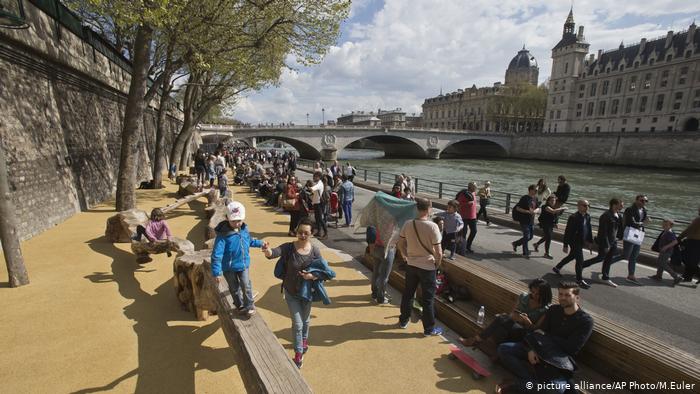
- Paris (France) will devote 50 Km usually reserved for cars to bicycles. It also plans to invest $325 million to update its bicycle network.
- Brussels (Belgium) has continued to transform 40 Km of car lanes into bicycle paths.
- Seattle (USA) permanently closed 30 Km of streets to most vehicles at the end of May 2020 – providing more space for people to walk and bike after the lockdown.
- Montreal (Canada) announced the creation of 320 Km of new pedestrian and bicycle paths across the city
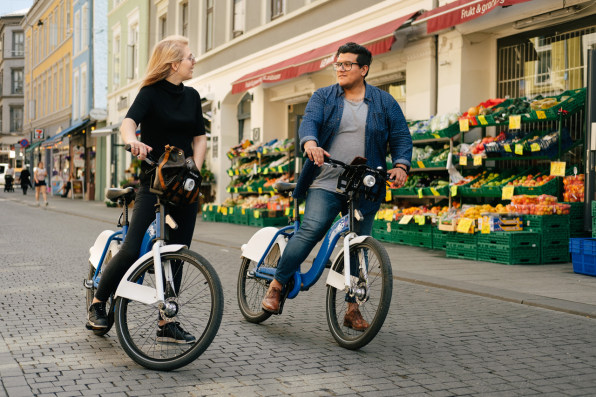
- Oslo (Norway) more than 700 parking spots were removed and replaced by bike lanes, plants and benches as a major step towards a vision of car free city centre.
New data from 21 cities across six European countries shows a clear majority in favour of preventing a return to pre-pandemic levels of air pollution.
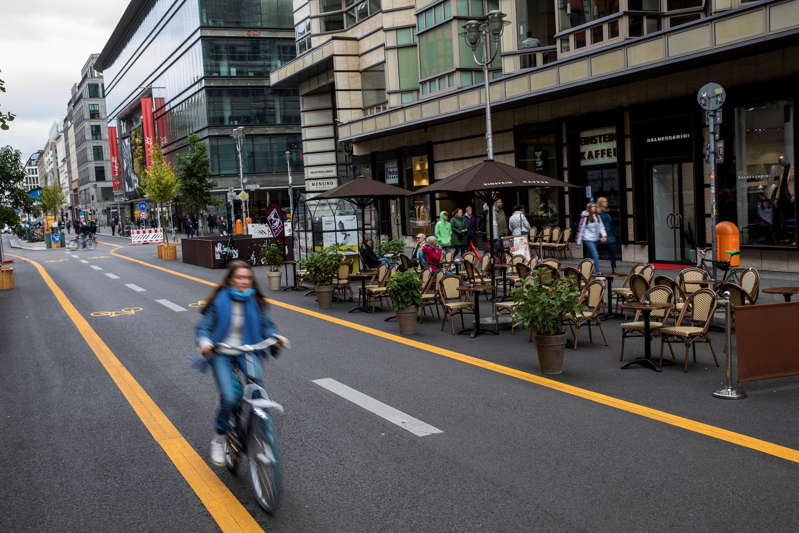
- Berlin (Germany) has redesigned some residential streets as ‘play streets’ on Sundays during the lockdown and is also considering extending the programme to other days of the week.
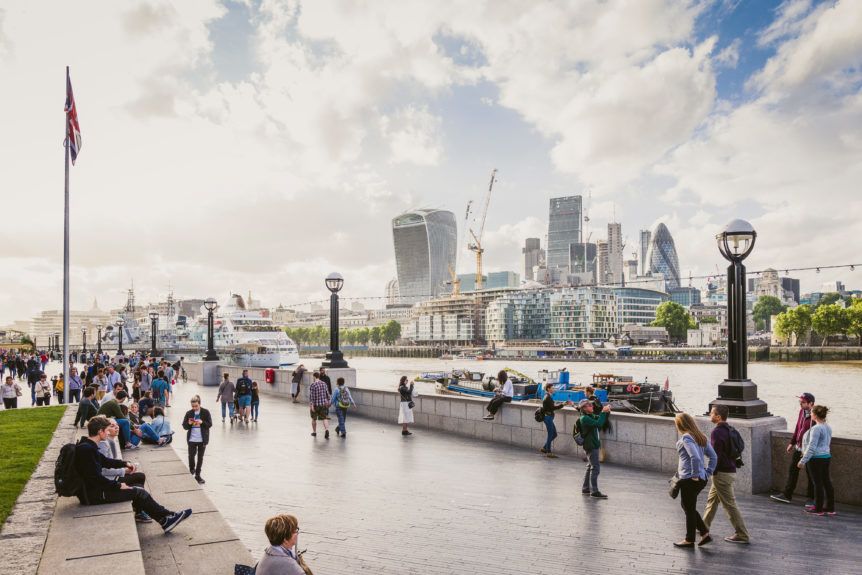
London (England) the city that initiated congestion pricing as far back as in 1903 has been a trendsetter in many ways. London Mayor’s Transport Strategy includes many ambitious proposals – some of which are:
- 80% of all trips in London to be made on foot, by cycle or using public transport by the year 2041.
- Transformation of London’s roads to be fast-tracked, giving space to new cycle lanes and wider pavements to enable social distancing.
- Landmark locations to benefit from temporary bike routes and more space for walking to reduce pressure on Tube and buses.
- Clean, green and sustainable travel to be at the heart of London’s recovery.
- Cycling could increase 10-fold and walking five-fold post-lockdown.
- Air pollution is associated with higher corona virus fatality rates and this has also added to the demand for sustainable and healthy forms of mobility.
But what’s happening in “Mera Bharat” (My India)?
Unlike the people friendly initiatives illustrated above in many European cities, we seem to be driving in the opposite direction – spending huge amounts on infrastructure which will only increase traffic in our cities. Projects like road widening, building flyovers and creating parking lots are symbols of car dominated planning, as are signal free junctions, higher speeds and the neglect of public transport which is labeled as “loss making”, despite the usual lip service paid to this mode of travel by our decision makers. This continues even though the Central Government brings out advisories recommending “recommencement of public transport” with precautionary measures and “re-inventing environmentally friendly transport modes like Non-Motorised Transport (NMT).
Scores of such advisories have been sent by the Urban Development Department in Delhi for many years only to be ignored by the State Government.
Two recent examples will suffice to show the vision or the lack of it when we plan our traffic:
Flyover at Katraj Chowk
“The central government has sanctioned Rs. 169.15 crore for a six lane flyover at Katraj Chowk” – Indian Express, 8 April 2021
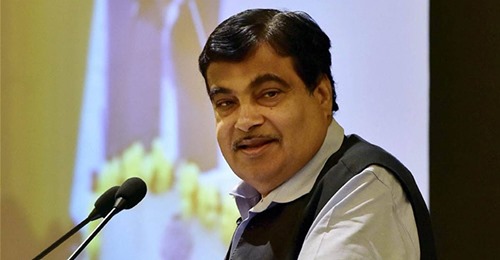
Union Minister of Road Transport and Highways, Shri Nitin Gadkari recently sanctioned the construction work for this 1,326 meters long and 24.20 meters wide flyover with much fanfare. During the function claims were made about how this flyover was necessary for meeting the needs of increased traffic and how it will ease the traffic flow in the future. During the function members from other political parties also thanked Shri Gadkari for sanctioning necessary funds for the flyover which shows that popularity of such non-sustainable projects is shared across the political spectrum.
Three-Deck Track (elevated road) on Wagholi-Shikrapur route to solve traffic woes on Ahmednagar Road.
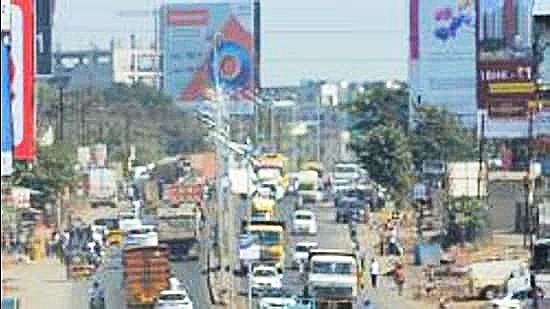
Another white elephant project in the making – this time a three-level elevated road to “solve the traffic woes” at a staggering cost of Rs. 6,000 crores, got a nod from Minister Nitin Gadkari, who is also known as the Flyover Man.
While livable cities across the globe are striving to make their localities sustainable and humane, we are galloping towards disaster by doing exactly the opposite.
Massive elevated tracks for vehicles, flyovers, wide roads not only attract more traffic but also become a drain on public finances. They also make it impossible for cities to plan and implement a safe and attractive bicycle plan, safe pedestrian paths and an efficient public transport bus system. And about car- free core city development, public spaces and green areas, less said the better because a city designed for personal vehicles at the exclusion of other modes can never create spaces for anything other than auto vehicles.
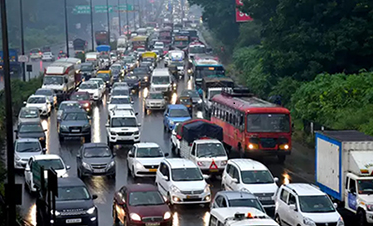 |
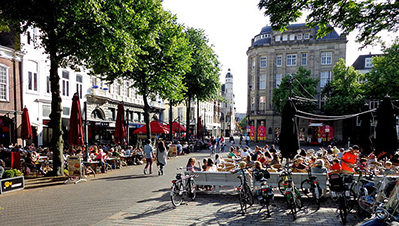 |
|
| Want this? | Or this? |

